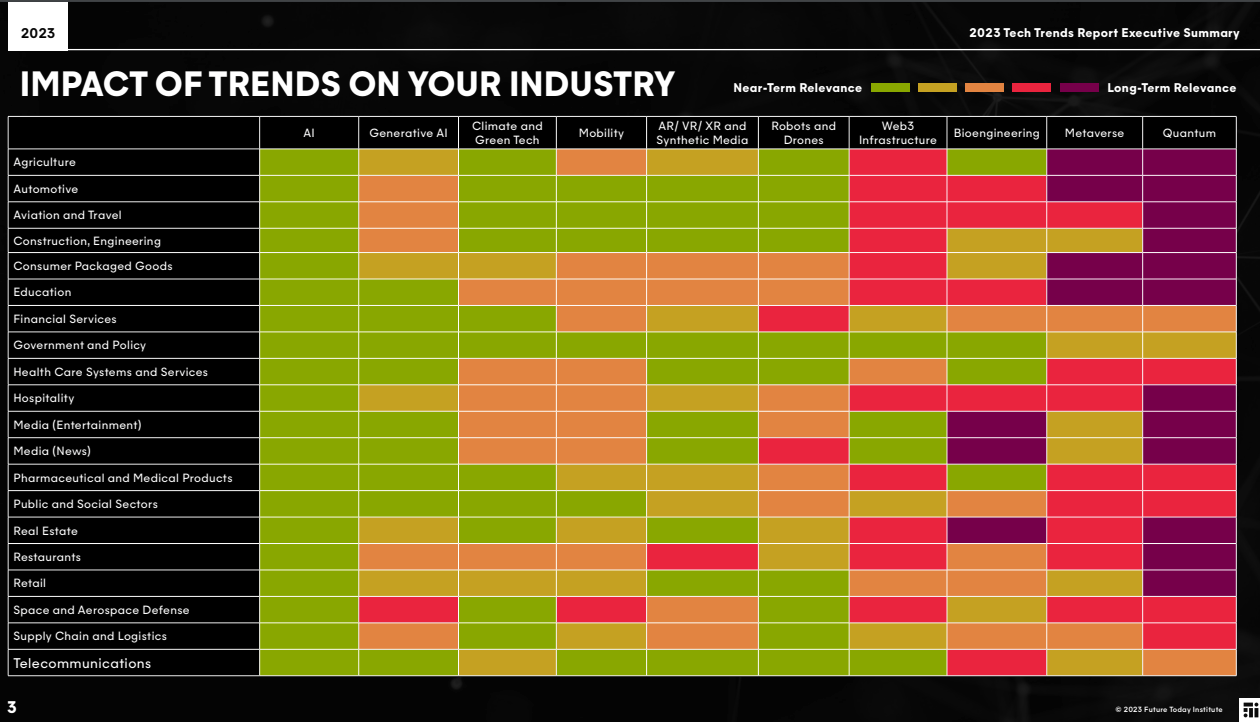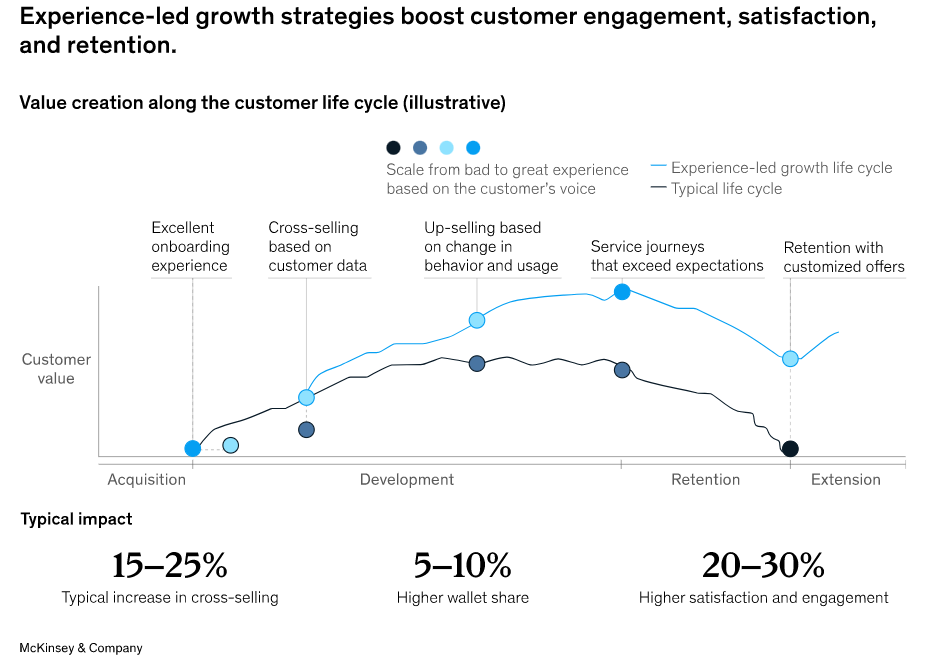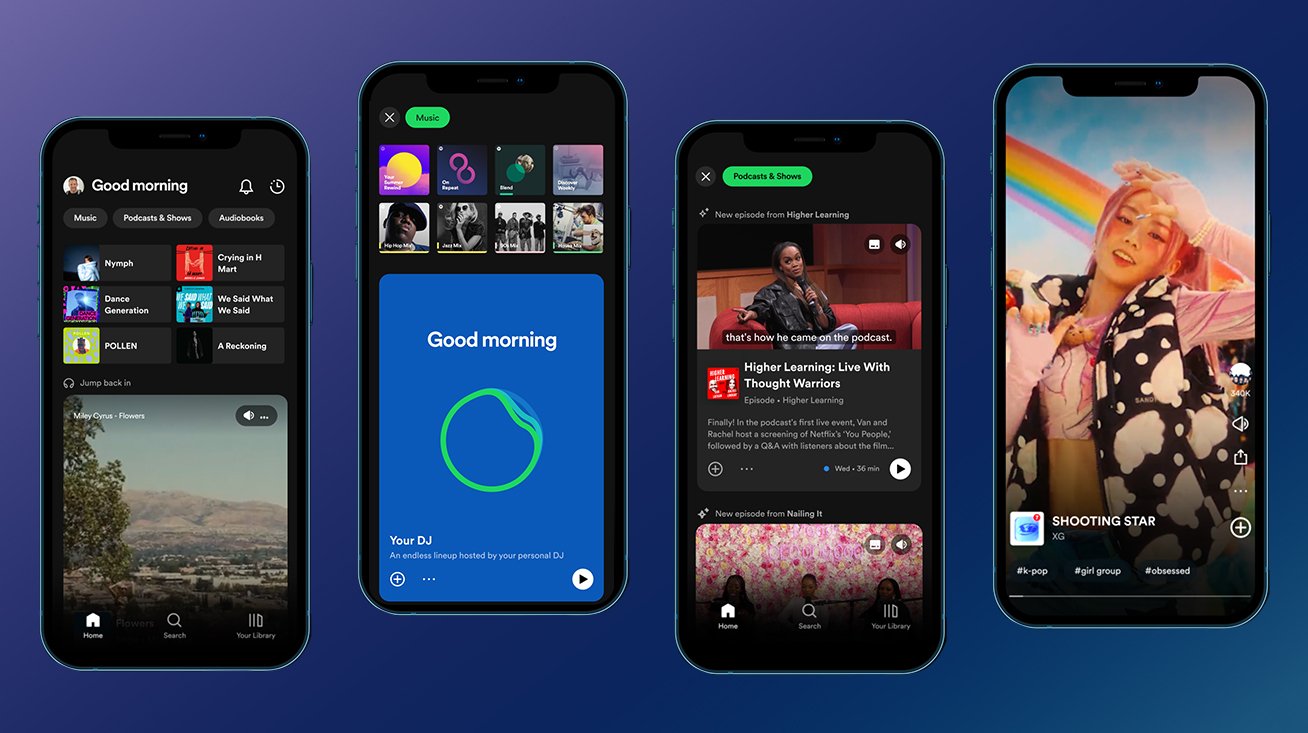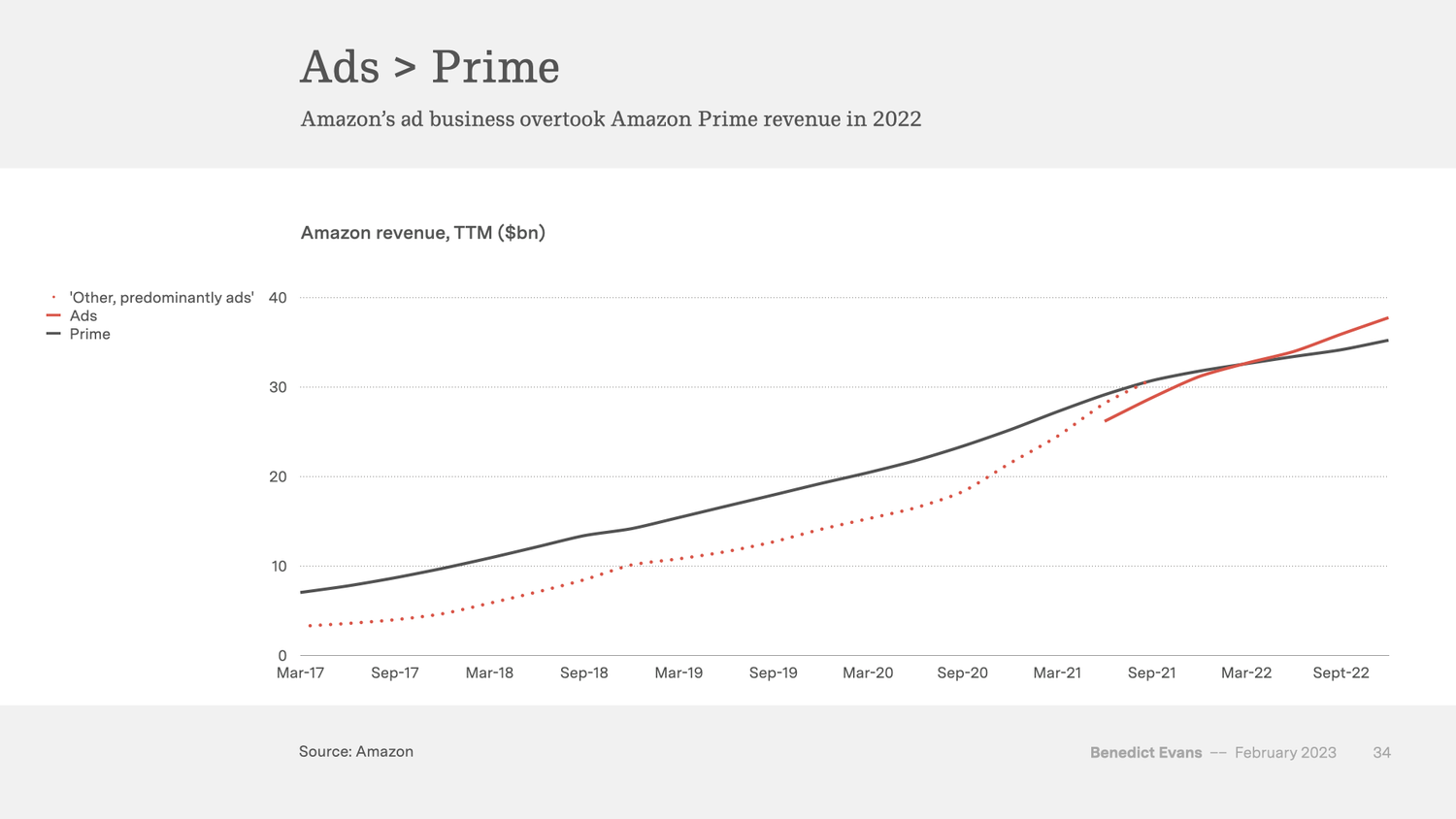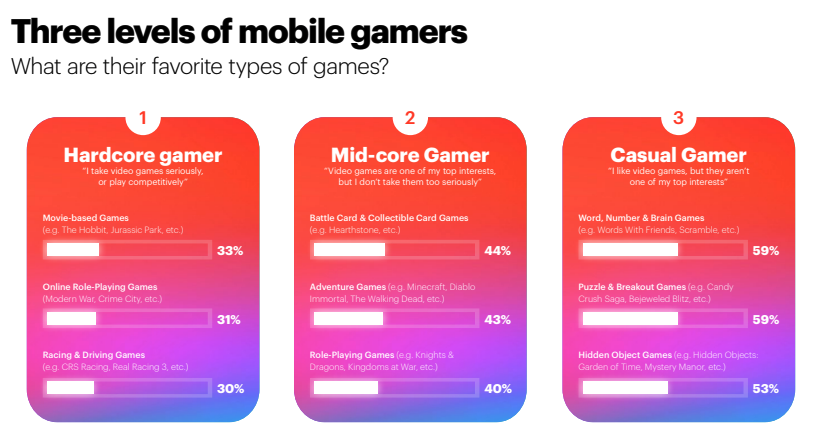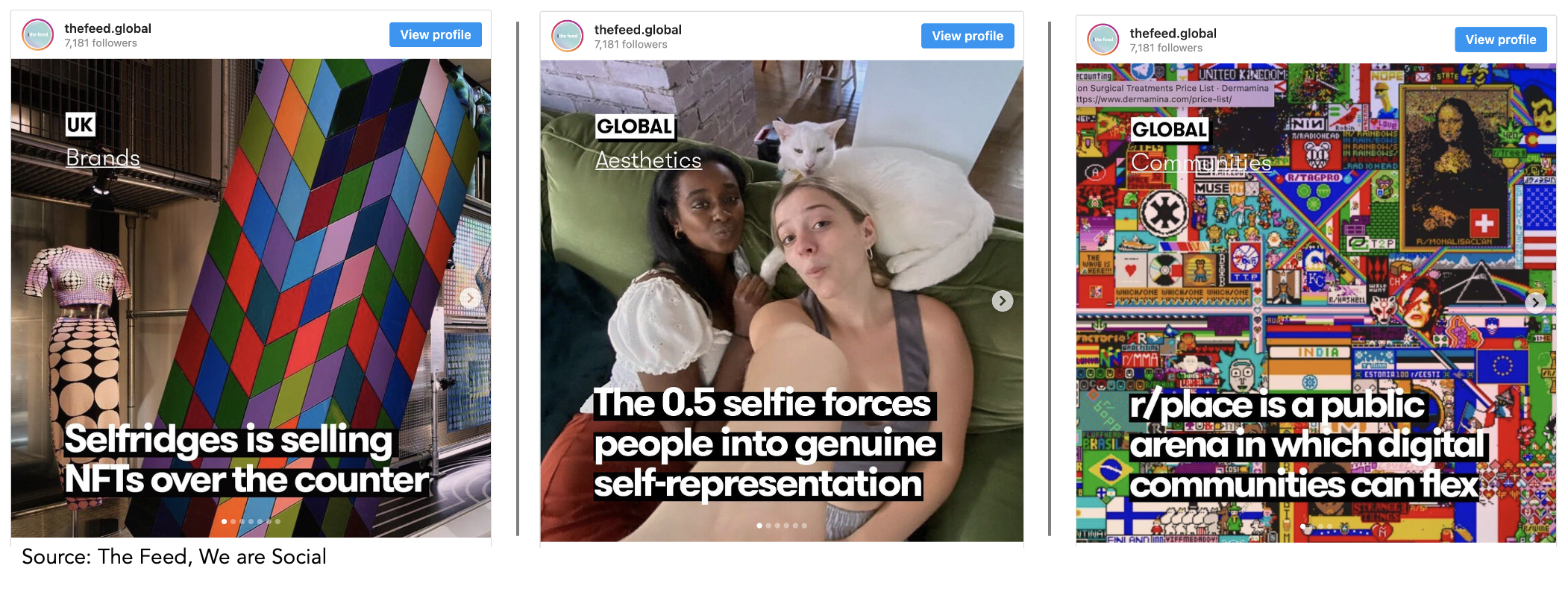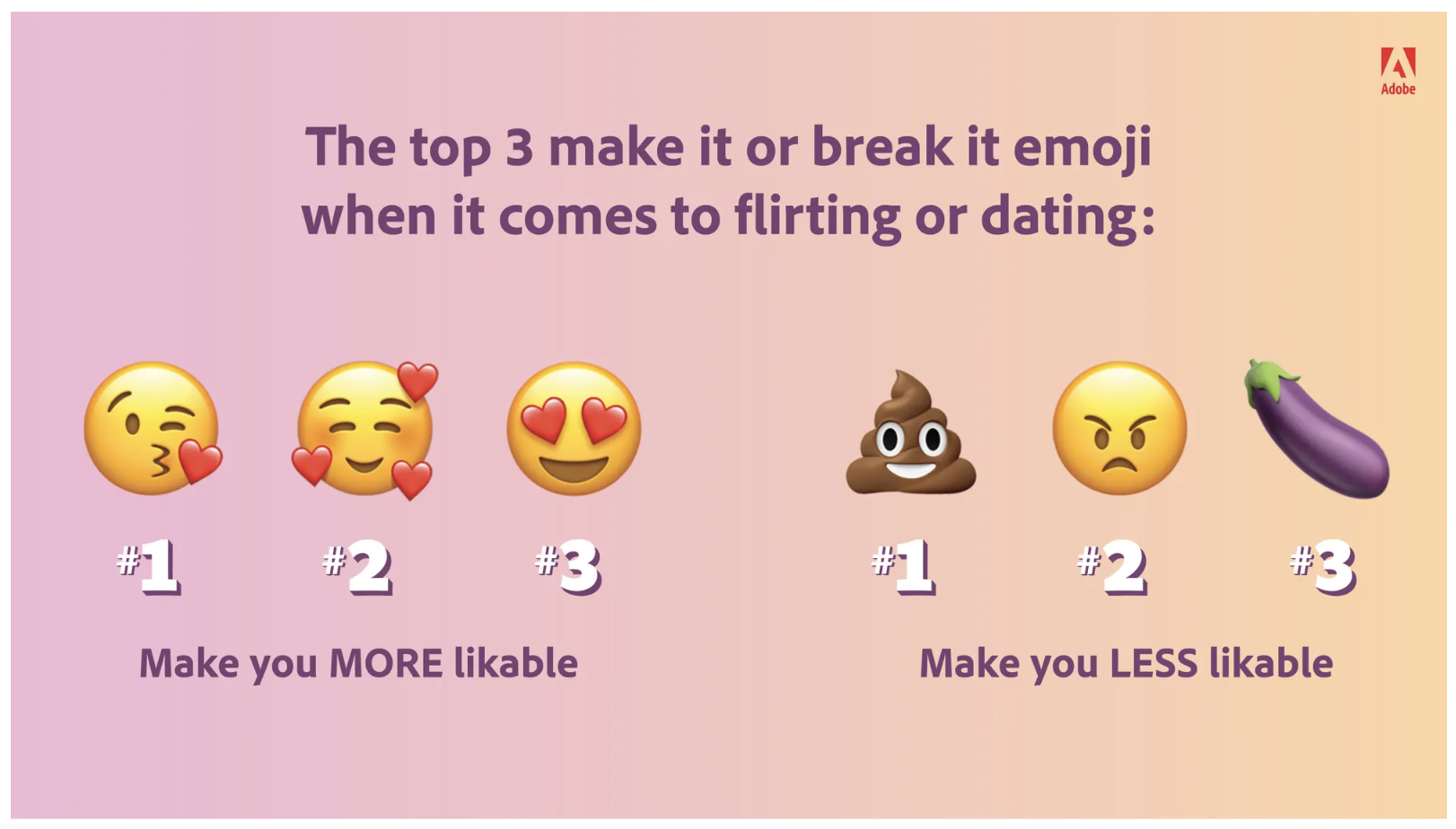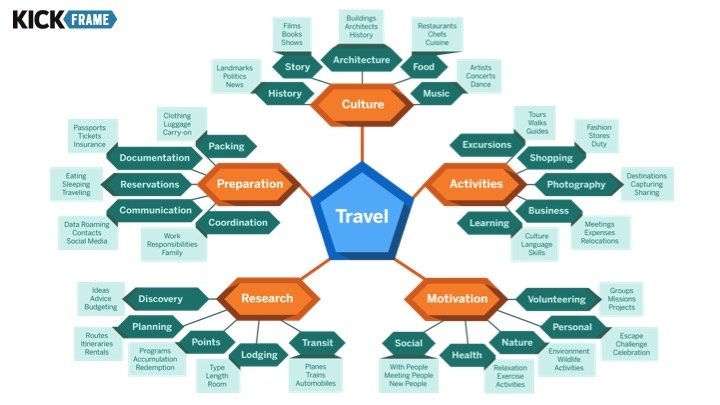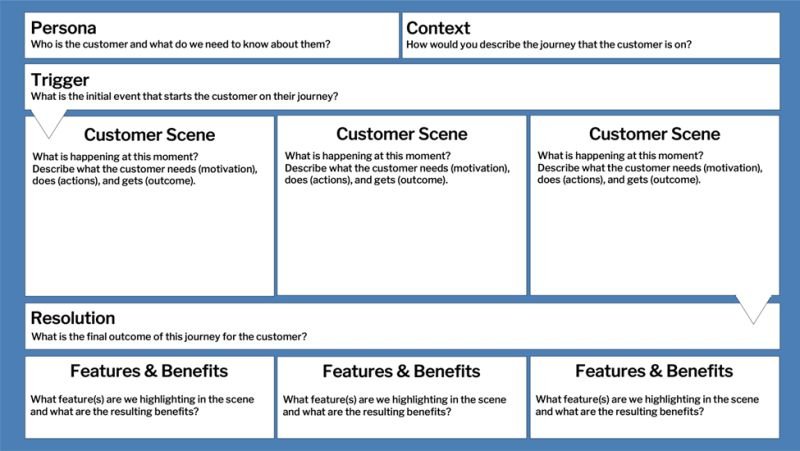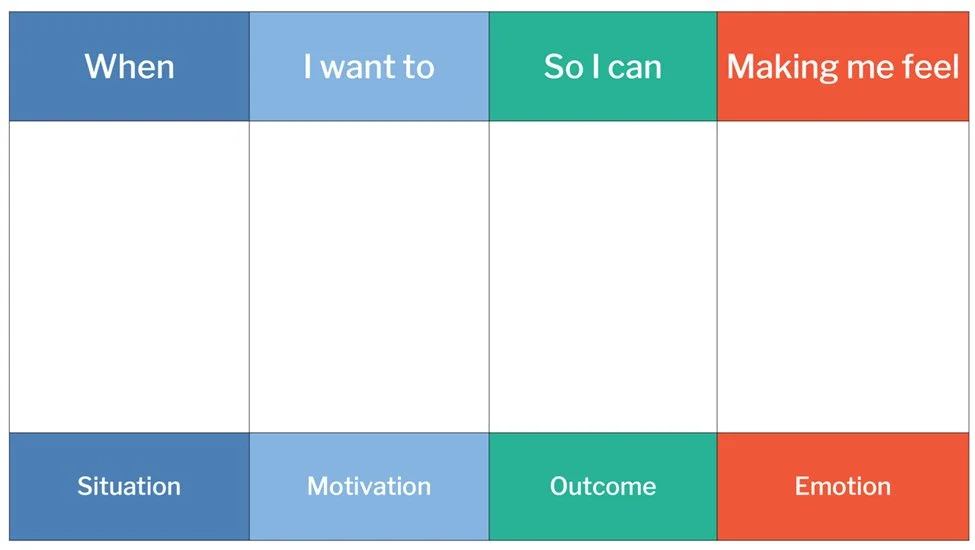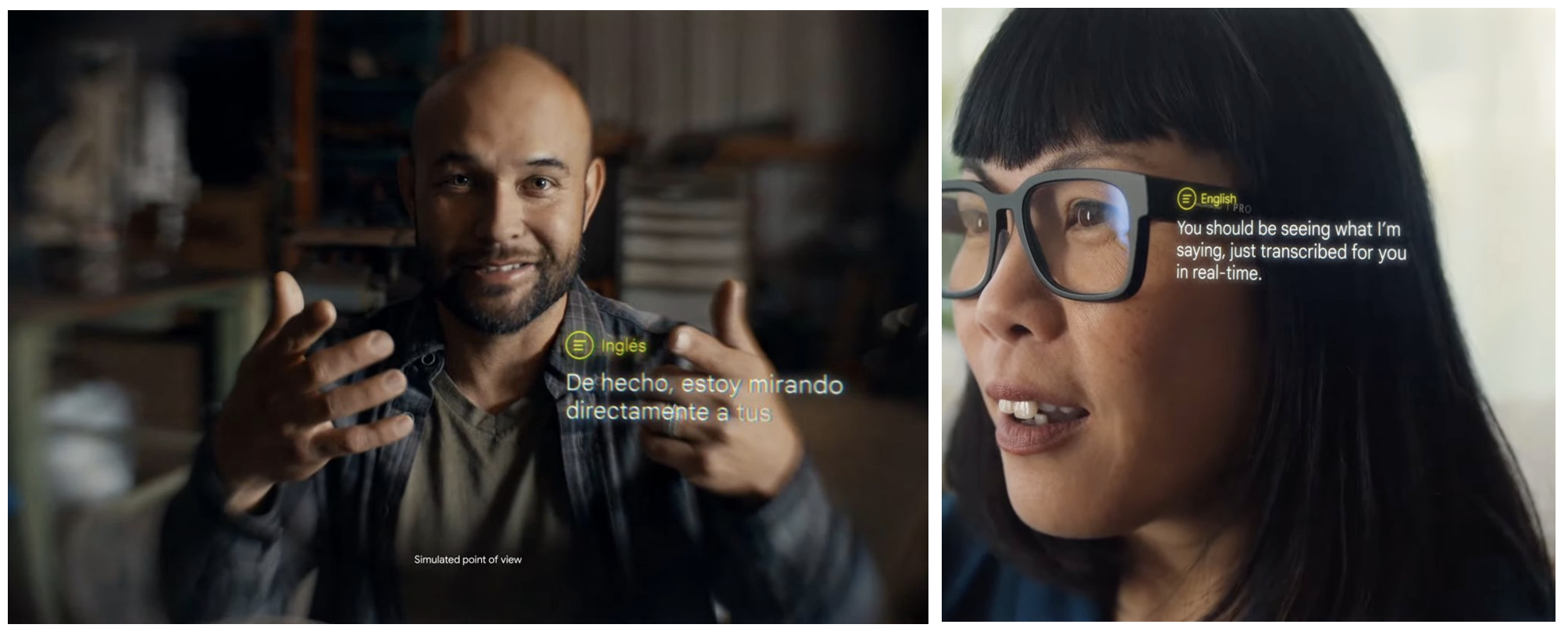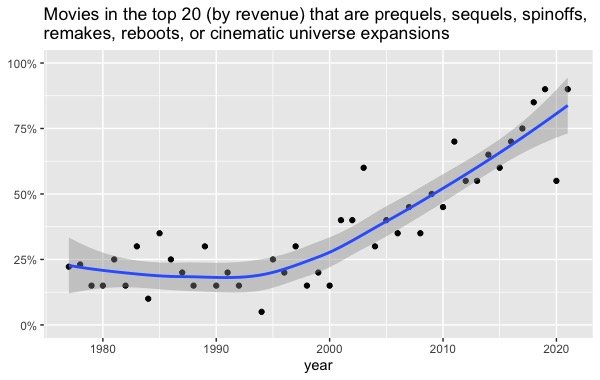This newsletter is a bit late as I’ve been busy completing a certification course in change management. I took the course to better understand how to more effectively manage the people-side of change in my digital transformation projects. I’ve run into so many cases where a senior client shares that they “bought the Ferrari” of martech solutions, but the team can’t properly drive it. While the name of the luxury sportscar changes from client to client, the story remains the same: technology investment alone does not produce the changes that the organization is looking for. People need clarity, motivation, training, and ongoing support to make it happen. This course provided me with a few more tools for my change management toolbox. If you have a Ferrari stuck in your garage and need a hand, reply back and let’s chat!
AI & Marketing Prompts
It’s hard to keep up with what’s happening in AI. In fact things are moving so fast that experts are calling for everyone to pump the breaks and/or stop AI development altogether. Maybe it’s because I can’t completely wrap head around the implications of AI (or perhaps I'm just naturally averse to contemplating the end civilization), but I’m drawn to new AI-powered tools and use cases that are practical and ready to use. Every day new products are being launched that use AI to help:
I just downloaded the new book PROMPT: A Practical guide to AI-powered brand growth with ChatGPT. It includes examples for how to use ChatGPT for marketing planning work, including recommendations for structuring prompts (your input / description of the task). It highlights the tasks that ChatGPT currently excels at, including research, creative writing, ideation, and summarizing data. The area that I found most useful was how to train models to structure results in a specific format and style. The authors also offer a helpful framing for how to consider AI in your own marketing planning work. You can check the book out here.
Luddites & Nostalgia
I never considered being a Luddite to be a lifestyle choice, but apparently it’s a trend with Gen Zs looking for “self-liberation from social media and technology”. A rise in awareness around the negative impacts of social media along with interest in nostalgia are driving this trend. Gen Zs are now using digital cameras from the early 2000s, choosing wired headphones, and are increasingly buying “dumb phones” to limit screen time. Fun to see OG camera app Hipstamatic picking up on this trend and making a return as the Anti-Instagram – only photos shown in chronological order. If any Gen Z Luddites are reading this, I have a beauty of a Fuji digital camera available. You might just need to erase a few photos from SARSstock.
Trend Decks
Ad Creative Trends (Nest): Useful round-up of format and messaging trends for digital ad creative, particularly vertical video. Lots of examples with tips for optimizing paid social campaigns.
Video Marketing Playbook (Hubspot / PlayPlay): Trends and tips from 500+ marketers. Good overview of the value of video marketing (if you’re trying to sell it in), and useful tips for scaling effectively.
Tech Trends (Future Today): Detailed report on tech trends mapped to different industries. Really clear and useful prompting questions for businesses / brands to ask themselves for each trend.
Research & Resources
The a16z Marketplace 100, 2023: An up-to-date list of the largest consumer-facing marketplace startups and private companies based on annual gross merchandise volume. Interesting to see the fastest growing companies (see Whatnot).
Music: This Audio Culture Report identifies trends from listening habits, and this Global Music Report 2023 provides data on insights on revenue and industry trends. Taylor Swift FTW!
Experience-Led Growth: New research from McKinsey that highlights the bottom-line benefits of improving experiences for existing customers. If you’re looking to sell in the value of CX, some great stuff in here.
Cool Beans
TikTok Fitness Filter: A fun example of a AR filter that challenges you to see how long you can do a push-up. Smart.
TikTok & Creative Excellence: If you're looking to optimize your creative performance within TikTok before it’s banned, this is a useful resource and set of examples of brand excelling on the platform.
Tripnotes: Sort of Google Maps meets Trip Advisor meets ChatGPT – give me a travel itinerary and show it to me on a map. Apparently more to come in this space – makes sense.
